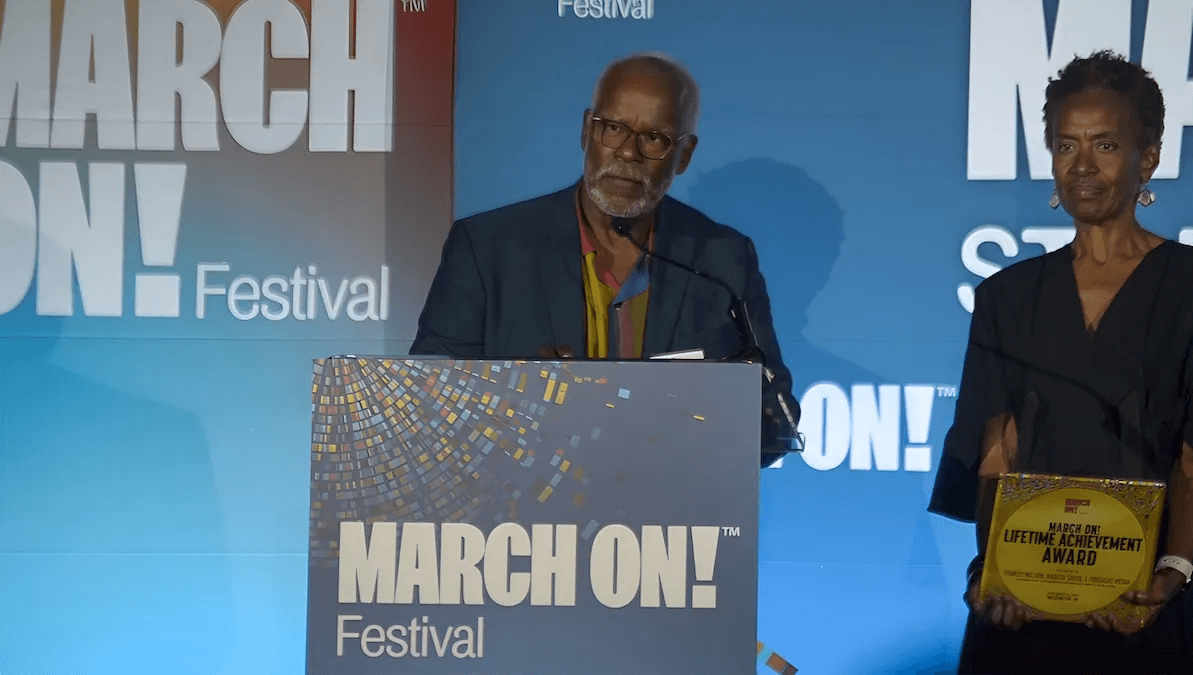
On Sept. 9, 1971, hundreds of inmates took over the Attica Correctional Facility near Buffalo to demand better conditions. “Attica,” a new documentary directed by Stanley Nelson and co-directed by Traci A. Curry, recounts the occupation and the massacre that followed on Sept. 13 when armed law enforcement officers stormed the prison and 39 inmates and hostages were killed under sustained police gunfire and tear-gassing.
Holding more than 40 prison staff members hostage, the inmates set up tents and latrines and allowed journalists to enter as crowds massed outside the walls. The prisoners’ grievances ranged from violence and overcrowding to political rights abuses and insufficient toilet paper (one roll a month, according to a report in The New York Times). In negotiations with the prisoners, Russell Oswald, the state’s commissioner of corrections, had reportedly agreed to nearly all their demands, but after the death of a hostage, Gov. Nelson A. Rockefeller, in consultation with President Richard M. Nixon, ordered state troopers to take over the prison.
For the anniversary film, now on Showtime, Nelson and Curry dug deep, speaking to former prisoners and figures who had been on the scene, such as the TV journalist John Johnson and the negotiation intermediary Herman Schwartz, a law professor. (Former guards had initially agreed to participate, Curry said, but later declined.) I spoke by phone with Curry and Nelson individually about recapturing the lived reality of Attica and its enduring importance. These are edited excerpts from those conversations.
What does your documentary show us about Attica?
STANLEY NELSON Attica is the largest prison rebellion in the history of the United States. The big thing is that the prisoners held over 30 guards as hostages, and invited in TV cameras and reporters. And if you let camera-people loose, they just film! There’s a fantastic moment where the prisoners say that they’ve been watching [Russell] Oswald, the commissioner of prisons, say something different to reporters outside the gates from what they negotiated inside.
In addition, the New York State Police were videotaping on very early video cameras, Portapaks. They were up on the prison towers shooting through the cross hairs of a rifle scope, using it as a Telephoto lens. They left the mic open, so you can hear them talking about the prisoners and what’s going on.

